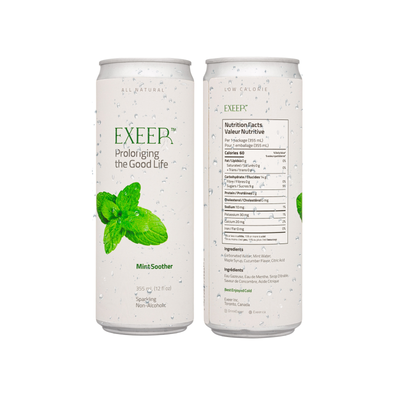What is Hydro Distillation?

Hydro Distillation is one of the oldest methods used to extract oils from different parts of the plants, such as flower petals. Written records of herbal distillation are found as early as the first century A.D. Around 1000 A.D., the noted Persian physician and naturalist Avicenna (Ibn Sina) described the distillation of rose oil from rose petals. Since then, applications of distilled products can be found in various ancient civilizations of Persia, India, China, and Egypt.
In the distillation process, plant materials are packed in a container, soaked in the water heated from below, and brought to a boil. The content material should be manufactured using copper, stainless steel, or glass and a condensing unit attached to a receiving flask.
During the boiling process, the steam and oil in the plant materials vapor are captured in the condensing apparatus. As a result, essential oils will float to the top of the distillate where it is removed, leaving behind the watery distillate and being called ‘hydrosol,’ which has a significant amount of plant essence and can also use in various cases. These essential waters were often considered a byproduct of distillation but are now considered an important co-product.
Produced hydrosols are diluted essential oils at less than 1% concentration (typically 0.01% to 0.04%).Several factors, such as temperature and an herb’s growth cycle, impact the characteristics of distillate and, therefore, influence the distillation’s timing. Rosemary, for example, should be distilled in the peak of summer before it flowers. Cosmetics and toiletries makers are finding many uses for herbal distillates. Distillates are also used as flavorings and curable. Herbal distillates have been used historically as a topical agent for cosmetics and medicinal use. Since herbal distillates are less concentrated than essential oils, they are more suitable for some situations, such as for the benefit of sensitive people, such as the elderly or young children.




